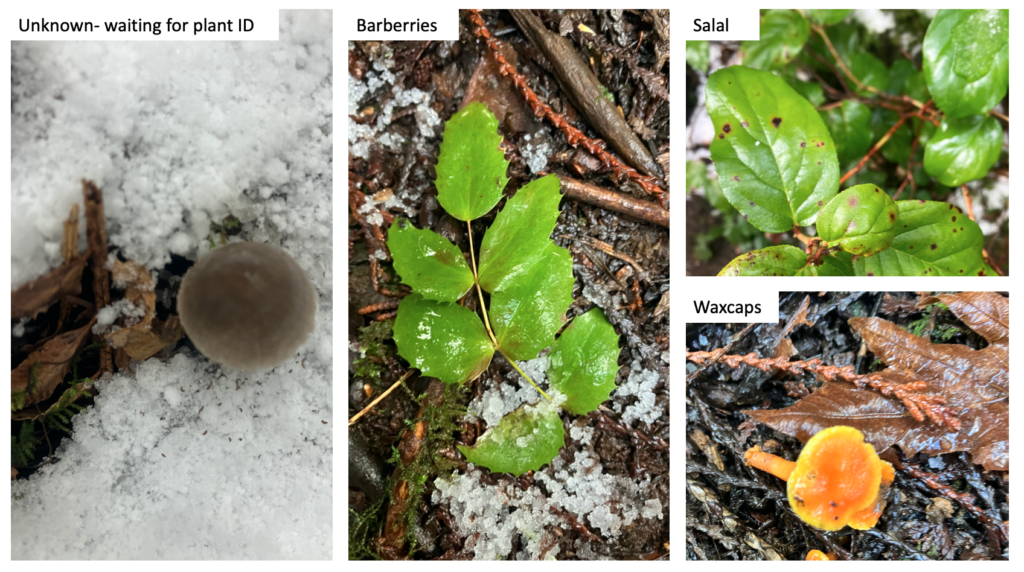
Over the weekend as I visited with a friend from home and watched the snow fall outside, I thought about expanding the scope of my inquiry project. Aside from being passionate about the ocean (I am a kayak instructor back home, but do not have access to kayaking here), a big reason why I wanted to get into snorkelling was because of wanting to expand my outdoor-related knowledge. Despite being a huge outdoor enthusiast my whole life, I find myself in the dark about the wildlife I see on a daily basis.
I reluctantly admit that I was a Pokemon GO kid- I remember going to Stockholm with my family as a child, and the most exciting part of the trip was that my hostel was a PokeStop. So much of my time that summer was spent on my phone looking for tourist hubs where I could catch different Pokemon characters. When chatting with my roommate over coffee, she discussed how the iNaturalist app has a similar addictive effect to Pokemon GO- only it doesn’t promote engagement with made-up characters, it encourages students to go outside and take pictures of plants and animals they see in their natural environment. We were talking about how cool it would be to get students in a competition to try and upload as many unique sightings to iNaturalist as possible. Uploading specimens to iNaturalist gives students outdoor literacy skills, promoting a greater understanding of their surroundings. Let’s be real here – most of my future students are going to be addicted to technology. Given that this is the case, why not introduce them to apps like iNaturalist that provide a productive way to spend time outdoors and enrich an important knowledge base?
When I first moved to Canada as an 8-year old, neither I nor my parents were literate about the world around us. I saw my peers eating random berries they found on trees and every time got anxious because my mom had told me never to eat anything in the wild. I don’t like thinking about what could have happened to me if I had ignored my parents’ advice and eaten some random berry that looked vaguely similar to one my friend ate often. Nature literacy isn’t just a fun little activity for students – it is a must for young children growing up in British Columbia. However, how am I supposed to teach nature literacy if I know very little about plant identification myself?
While I will continue to upload content of my snorkelling journey, I will also be trying to gain more familiarity with the plants I interact with every day. My friend and I walked up Mount Doug on Sunday, and I was able to learn so much – I now know what a salal plant looks like, the appearance of a licorice tree, and that maple trees can be identified by their opposite branching patterns. In the next few weeks, I will be doing my best to expand my knowledge from this very rudimentary baseline.